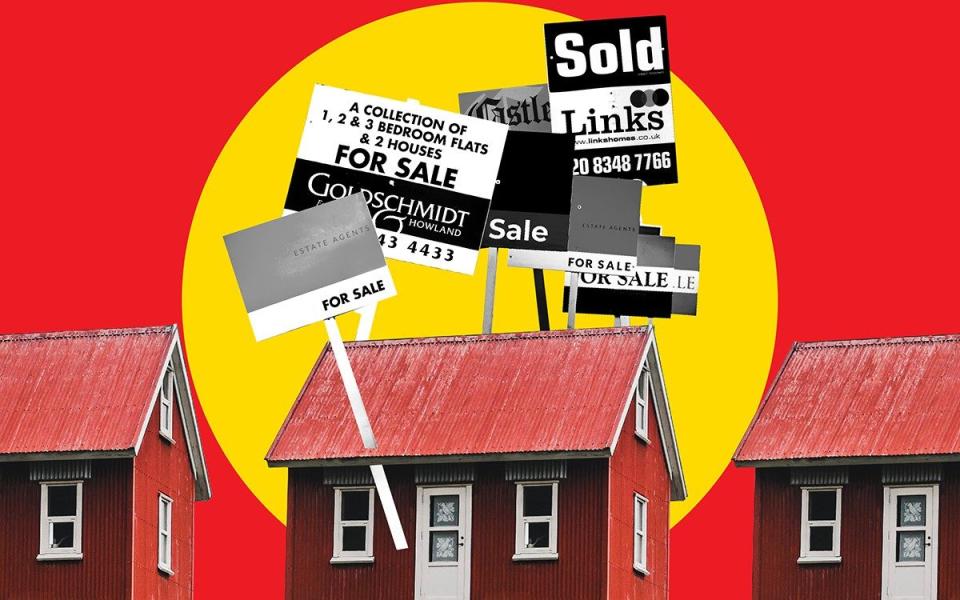Second home and buy-to-let sales surge by a fifth

Sales of second homes and buy-to-lets surged by 20pc last year, fuelled by a boom in staycations and the stamp duty holiday.
An extra 46,900 of these homes were sold in 2021-22, the last tax year, taking the total to 284,100, according to data released by HM Revenue and Customs.
Second homes and buy-to-lets accounted for a quarter of residential property sales and 45pc of the Treasury’s stamp duty receipts.
Buyers of these properties must pay a three percentage point surcharge on top of their stamp duty bill. The amount of extra tax paid by second homeowners and buy-to-let landlords rose by 35pc, or £1.2bn, to £4.6bn.
Stamp duty receipts for all residential properties jumped by 69pc between the 2020/21 and 2021/22 financial years, from £6bn to £10.2bn, according to HMRC.
Properties worth above £2m and below £250,000 were the most popular among those buying additional homes, HMRC found. More than half (57pc) of second homes were purchased for less than £250,000.
Neal Hudson, of the analyst BuiltPlace, said the surge in second home and buy-to-let sales was driven by the stamp duty holiday that was in effect in 2020 and 2021, and which helped push house prices to a record high.
The tax break, which initially raised the nil-rate stamp duty band in England and Northern Ireland from £125,000 to £500,000, was in place between July 2020 and June 2021. Those buying additional properties still had to pay the surcharge on the first £500,000 of a property’s price, but their tax savings were considerable compared with before the pandemic.
From July to September 2021, there was a three-month taper period, in which the nil-rate band came down to £250,000.
Mr Hudson said HMRC’s data, which covers April 2021 to March 2022, reflects a rush of second home buyers and buy-to-let investors buying properties before taxes went up.
He said: “A lot of them viewed it as an optimum time to save money.” He added that a boom in staycations also fuelled the increase in second home purchases.
The region with the highest proportion of second home sales was London, at 29pc.

 Yahoo News
Yahoo News 